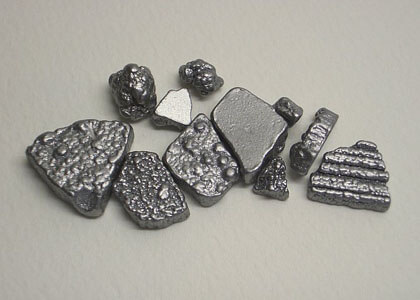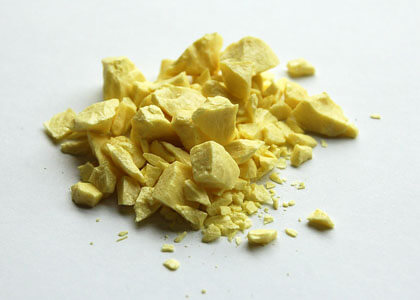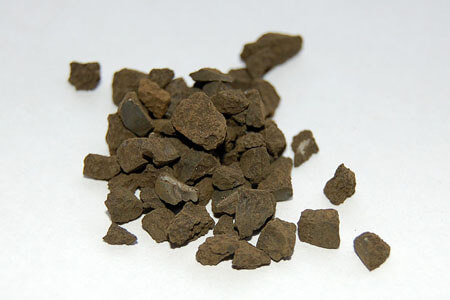2 | Pure Substances
Pure Substances
- Pure substances are those which have fixed physical and chemical properties.
- For example, they have a consistent composition throughout, fixed melting and boiling points, and chemically react in predictable ways.
- Physical combinations of pure substances are known as mixtures.
- Mixtures have variable physical and chemical properties.
Elements
- The simplest type of pure substance is an element.
- Elements are substances that cannot be chemically broken down into separate substances.
- For example, iron and sulfur are both elements. Once they are purified, they cannot be chemically separated into simpler substances.
- There are 118 known elements – 91 naturally occurring elements and 27 synthetic (man-made) elements.
- All of these are represented on the periodic table of the elements.


Iron (left) and sulfur (right) are both elements. They cannot be chemically broken down into simpler substances.
(Images: Chemicalinterest, Wikimedia Commons; Ben Mills, Wikimedia Commons)
Compounds
- Different elements can chemically combine to form substances known as compounds.
- Compounds are pure substances, but since they are formed from more than one element, they can be chemically broken down back to these elements.
- For example, the elements iron and sulfur can chemically combine to form the compound iron sulfide; iron sulfide can therefore be chemically broken down back to iron and sulfur.

Iron sulfide is a compound. It can be chemically broken down into the elements iron and sulfur.
(Image: Benjah-bmm27, Wikimedia Commons)
Quizzes

